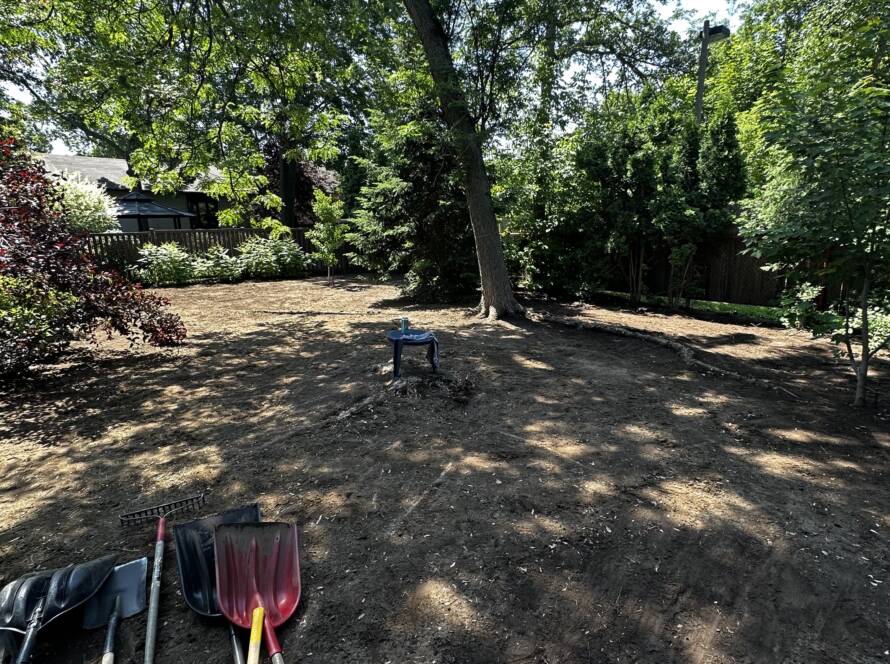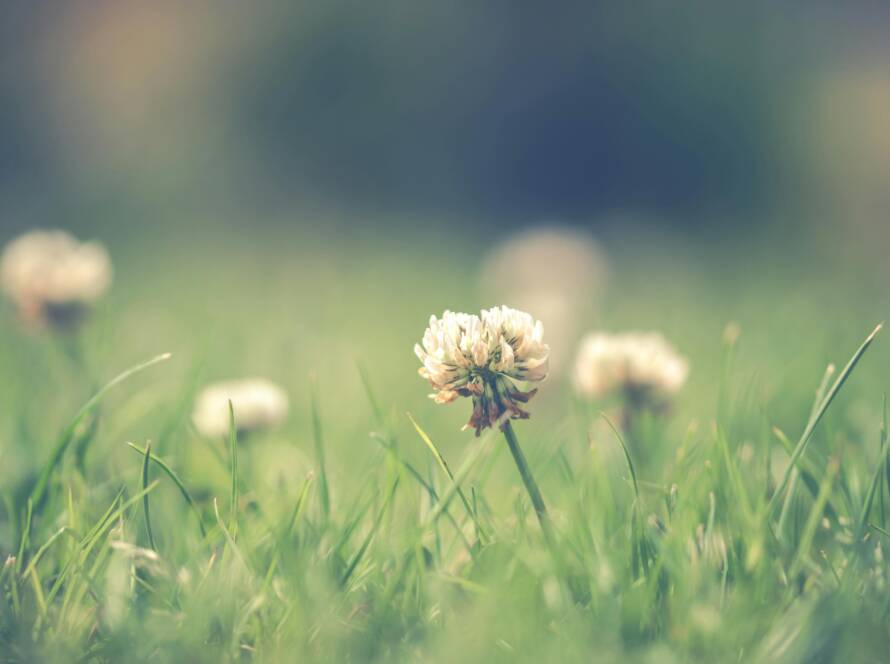Introduction
In the landscaping business, laying peat serves multiple purposes, from enhancing soil quality to adding aesthetic appeal to outdoor spaces. This kind of service has various convenience, but here’s a breakdown on how laying peat is utilized in landscaping.
Soil Amendment
Laying peat is often employed as a soil amendment to improve soil structure and fertility. Peat’s high organic content helps increase soil moisture retention and provides essential nutrients for plant growth.
Paillage
Peat can be used as a mulching material to cover the soil surface around plants and trees. This helps suppress weed growth, retain soil moisture, and regulate soil temperature, promoting healthy plant growth and reducing maintenance efforts.
Land Reclamation
In landscaping projects involving land reclamation or restoration, peat may be used to rehabilitate degraded soil. Its ability to improve soil structure and support plant growth makes it valuable in reclaiming disturbed landscapes and revitalizing natural habitats.
Creating Garden Beds
Peat is often incorporated into garden beds to create a fertile and well-draining growing environment for plants to grow. Whether in raised beds or traditional garden plots, laying peat helps create a nutrient-rich substrate conducive to healthy plant development.
Erosion Control
Along slopes or in areas prone to erosion, peat can be used as a stabilizing agent. Its fibrous texture helps bind soil particles together, reducing the risk of erosion caused by wind or water runoff.
Landscape Design
From residential gardens to public parks, peat is utilized by landscape designers to add texture, color, and visual interest to outdoor spaces. Its earthy tones complement a variety of plantings and hardscape elements, enhancing the overall aesthetic appeal of the landscape.
Conclusion
In the landscaping business, the strategic application of peat contributes to the creation of sustainable and visually appealing outdoor environments while promoting plant health and soil conservation.



